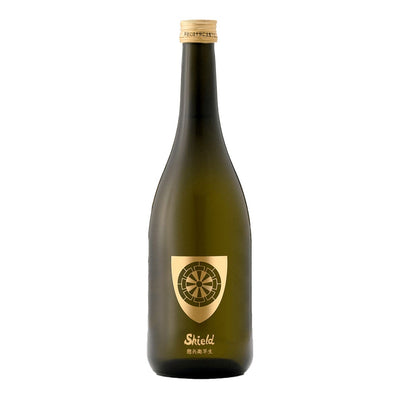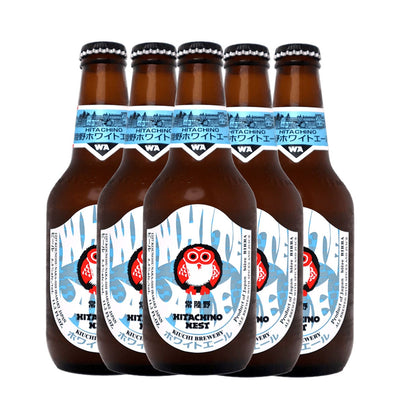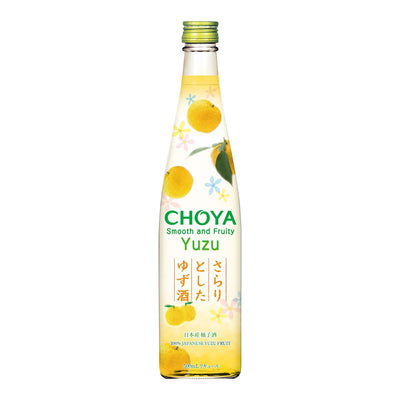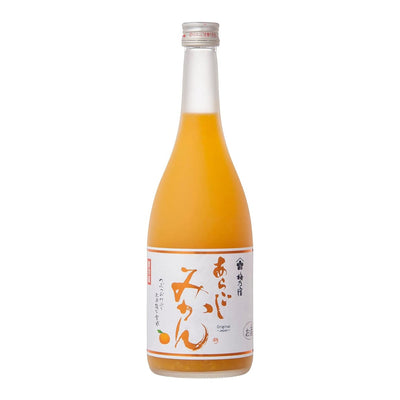How is Sake brewed?
Koji is a specific type of mould spore called Aspergillus Oryzae mould that can be cultivated on rice which is a crucial part of the
fermentation process. Specific types of each ingredient can be chosen by the brewer to achieve a wide range of tastes and aromas.
Sake-making is quite a complicated and laborious process that requires many steps to complete.
In general, the process can be broken down into the following steps :
1. Polishing: The grains of rice are first polished or milled to remove the outer layers of the rice leaving just the starchy inside. This is to remove some of the unwanted proteins, fats and impurities that tend to be on the outside of sake rice grains.
Note: Koji is a key catalyst in the fermentation process which converts the rice’s starch into shorter molecules of sugars. This allows the yeast to further break down these sugars into alcohol.
5. Starter-making: The koji rice is added to steamed rice and brewing water to begin the fermentation. Initially, a small batch is fermented to kickstart the yeast cultivation. This fermentation starter is called shubo or moto in Japanese.
6. Mashing: The starter (shubo) is transferred to a large tank along with steamed rice, koji rice and brewing water to create the main fermentation mash. Alcohol fermentation is carried out over a period of about one month.
7. Pressing: Once fermentation is completed the mash is pressed to separate the excess sediment and rice.
8. Storage: At this stage processes such as further filtration, pasteurisation (hi-ire), dilution and ageing may be undertaken to obtain the desired characteristics. Finally, the sake is stored at the brewery until it is ready to be shipped.






















Leave a comment